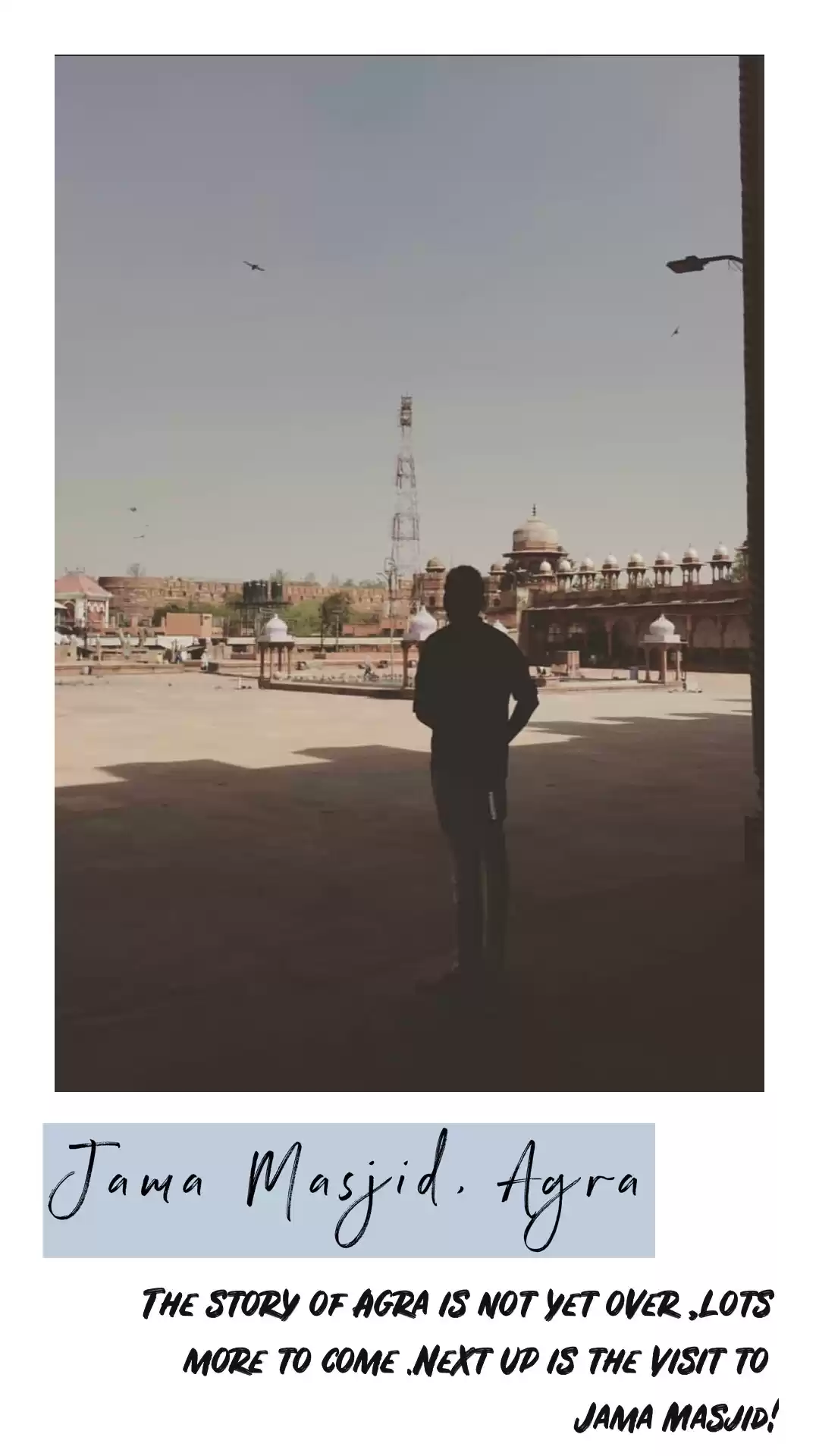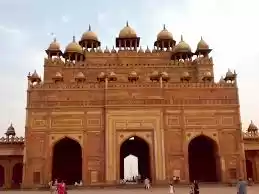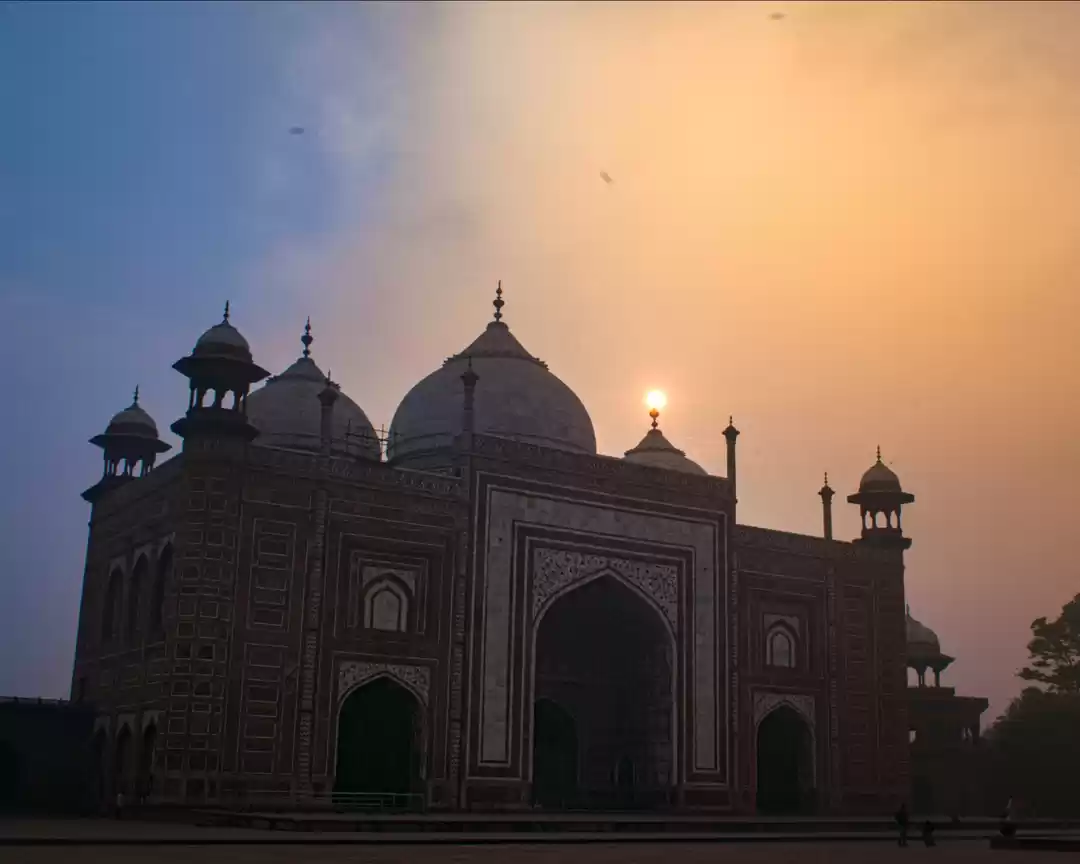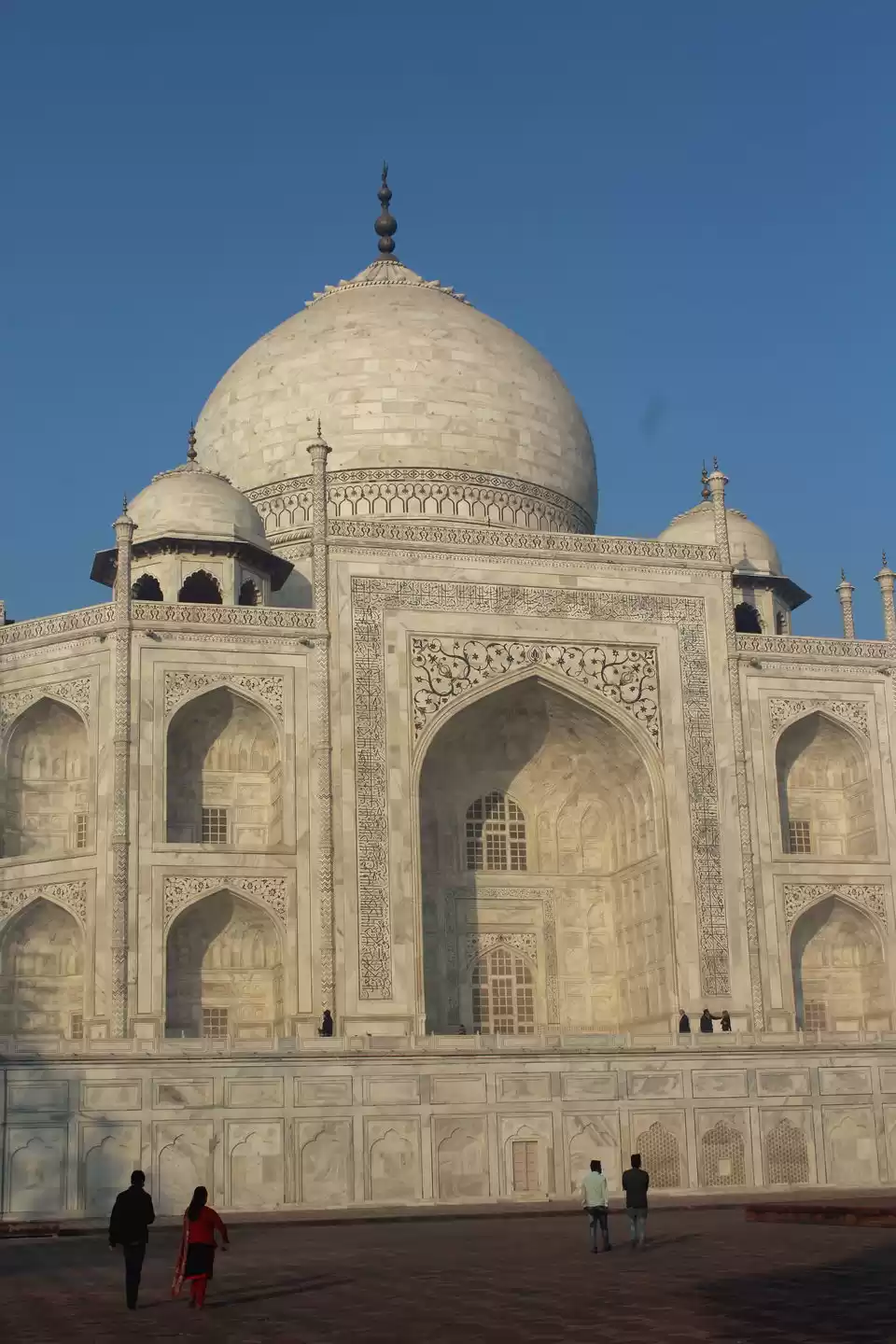Are you fascinated by the Taj Mahal, the magnificent monument of love that stands as a testament to the artistic and scientific accomplishments of the Mughal Empire? Do you want to learn more about its history, architecture, beauty, and significance? Do you want to plan a visit to the Taj Mahal and other attractions in Agra? If yes, then you have come to the right place.
In this article, we will provide you with a comprehensive guide to the Taj Mahal and its aspects, covering everything you need to know before you embark on your journey to witness this wonder of the world.
History and Legend of the Taj Mahal

The Taj Mahal is not just a mausoleum, but a monument to love. It was built by the fifth Mughal emperor, Shah Jahan, in memory of his beloved wife, Mumtaz Mahal, who died in 1631 while giving birth to their fourteenth child. Shah Jahan was heartbroken by her death and vowed to build a tomb for her that would surpass anything the world had ever seen. He commissioned the best architects, artisans, and workers from India and beyond to construct the Taj Mahal, which took 22 years and cost a fortune to complete. The Taj Mahal is considered to be the finest example of Mughal architecture, which combines elements of Persian, Islamic, and Indian styles. It is also a UNESCO World Heritage Site and one of the Seven Wonders of the World.
The Taj Mahal is not only a marvel of engineering and design, but also a symbol of the eternal love and devotion of Shah Jahan and Mumtaz Mahal. According to legend, Mumtaz Mahal asked Shah Jahan to fulfill four promises before she died: to build a tomb for her, to marry again, to be kind to their children, and to visit her grave on every anniversary of her death. Shah Jahan fulfilled all these promises, except for marrying again. He devoted his life to the Taj Mahal and spent most of his time admiring its beauty from the nearby Agra Fort. However, his son Aurangzeb, who usurped the throne in 1658, imprisoned Shah Jahan in the Agra Fort and deprived him of his wealth and power. Shah Jahan spent the last eight years of his life in captivity, gazing at the Taj Mahal from a window, until he died in 1666. He was buried beside Mumtaz Mahal in the Taj Mahal, fulfilling their wish to be together forever.
Architecture and Beauty of the Taj Mahal
The Taj Mahal is a masterpiece of art, architecture, and beauty. It is a complex of buildings and gardens that covers an area of 17 hectares and is enclosed by a high wall and four gates. The main attraction of the complex is the mausoleum, which houses the tombs of Shah Jahan and Mumtaz Mahal. The mausoleum is a symmetrical and balanced structure that consists of a large white marble dome, four slender minarets, a mosque, a guesthouse, and a platform.
The dome is the most prominent and impressive feature of the Taj Mahal, as it rises to a height of 73 meters and is adorned with a lotus motif and a crescent finial. The dome is supported by four arches that form the main chamber, where the cenotaphs of Shah Jahan and Mumtaz Mahal are placed. The actual graves of the couple are located in a lower chamber, which is closed to the public. The minarets are 40 meters tall and are slightly tilted outwards to prevent them from falling on the dome in case of an earthquake. The mosque and the guesthouse are identical buildings that flank the mausoleum on the west and east sides, respectively.
The beauty of the Taj Mahal lies not only in its grandeur and symmetry, but also in its intricate and exquisite details. The Taj Mahal is decorated with fine inlay work and calligraphy that showcase the skill and craftsmanship of the artisans. The inlay work consists of embedding precious and semi-precious stones, such as jasper, jade, turquoise, lapis lazuli, coral, and onyx, into the marble to create floral and geometric patterns. The calligraphy consists of inscribing verses from the Quran and Persian poems into the marble using black marble or jasper.
The verses and poems are chosen to reflect the themes of love, paradise, and judgment. The inlay work and calligraphy are not only ornamental, but also functional, as they serve to enhance the optical effects and acoustics of the Taj Mahal.
Shades and Moods of the Taj Mahal
The Taj Mahal is a living and breathing monument, as it changes its shades and colors according to the time of the day and the season of the year. The Taj Mahal is said to have different moods and expressions, as it reflects the emotions and feelings of Shah Jahan and Mumtaz Mahal. The Taj Mahal is also said to have different personalities and characters, as it reveals the secrets and mysteries of its creation and fate. The Taj Mahal is a sight to behold, as it mesmerizes and captivates the viewers with its ever-changing beauty and splendor.
The Taj Mahal changes its shades and colors due to various reasons and factors, such as the sunlight, the moonlight, the pollution, and the restoration. The sunlight affects the color of the Taj Mahal by creating different hues and tones, depending on the angle and intensity of the rays. The moonlight affects the color of the Taj Mahal by creating different shades and contrasts, depending on the phase and position of the moon. The pollution affects the color of the Taj Mahal by creating different tints and stains, depending on the level and type of the contaminants. The restoration affects the color of the Taj Mahal by creating different effects and outcomes, depending on the method and quality of the work.
Visiting and Exploring the Taj Mahal
The Taj Mahal is a must-visit destination for anyone who loves art, architecture, history, and culture. It is also a perfect place for couples, families, solo travelers, and groups, as it offers something for everyone. However, visiting and exploring the Taj Mahal requires some planning and preparation, as there are some practical and essential information and tips that you need to know before you embark on your journey to witness this wonder of the world.
The Taj Mahal is located in the city of Agra, in the state of Uttar Pradesh, in northern India. It is about 200 kilometers from Delhi, the capital of India, and about 240 kilometers from Jaipur, the capital of Rajasthan. The Taj Mahal is open to the public every day, except for Fridays, when it is closed for prayers. The visiting hours are from sunrise to sunset, except for the full moon nights and two nights before and after, when it is open for night viewing from 8:30 pm to 12:30 am. The entry fee for the Taj Mahal varies depending on the category of the visitor and the type of the ticket.
The types of the tickets are:
Basic ticket: Includes entry to the Taj Mahal and its gardens
Additional ticket: Includes entry to the main mausoleum, where the cenotaphs are located
Composite ticket: Includes entry to the Taj Mahal and other monuments in Agra, such as the Agra Fort, Fatehpur Sikri, Itimad-ud-Daulah’s Tomb, and Mehtab Bagh
The Taj Mahal has four entry gates:
the south gate, the east gate, the west gate, and the north gate. The south gate is the oldest and the main gate, which faces the city of Agra. The east gate and the west gate are the most popular and the busiest gates, which face the parking lots and the hotels. The north gate is the least used and the most peaceful gate, which faces the Yamuna river and the Mehtab Bagh. The gates have different opening and closing times, as follows:
The south gate: Opens at 8:00 am and closes at 5:00 pm
The east gate and the west gate: Open at sunrise and close at sunset
The north gate: Remains closed, except for the night viewing
The entry fee for the Taj Mahal varies depending on the category of the visitor and the type of the ticket. The categories of the visitors are:
Indian citizens and visitors of SAARC and BIMSTEC countries: Rs. 50 per person
Foreign tourists: Rs. 1100 per person
Children below 15 years of age: Free
The Taj Mahal is the ultimate guide to the monument of love, as it provides you with a comprehensive and informative guide to the Taj Mahal and its aspects. In this article, we have covered everything you need to know before you embark on your journey to witness this wonder of the world. We hope that this article has helped you to understand and appreciate the Taj Mahal and its aspects, and has motivated you to plan a visit to the Taj Mahal and other attractions in Agra.















































